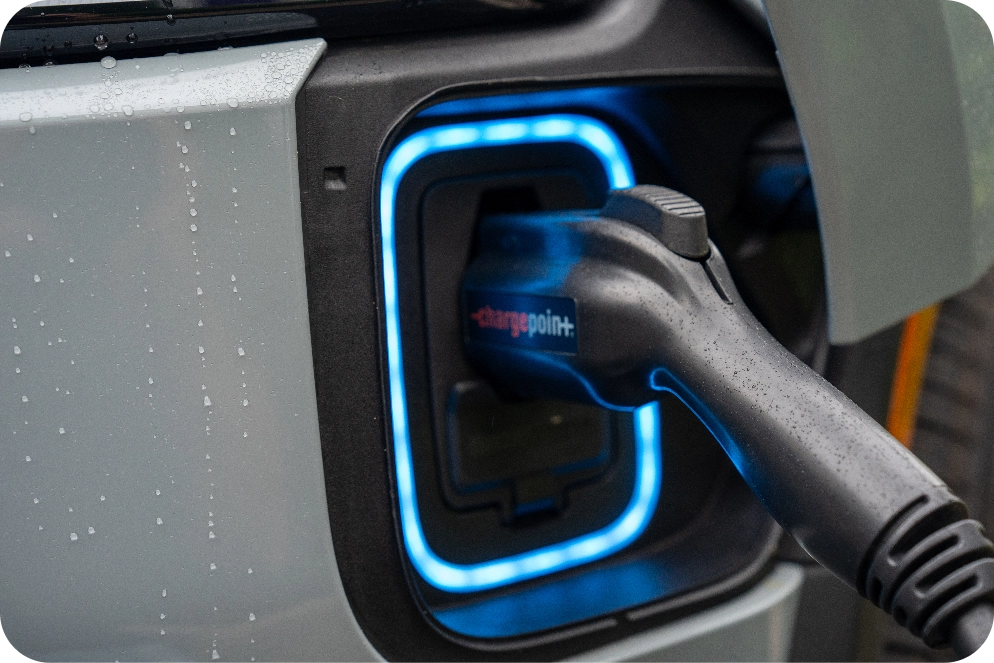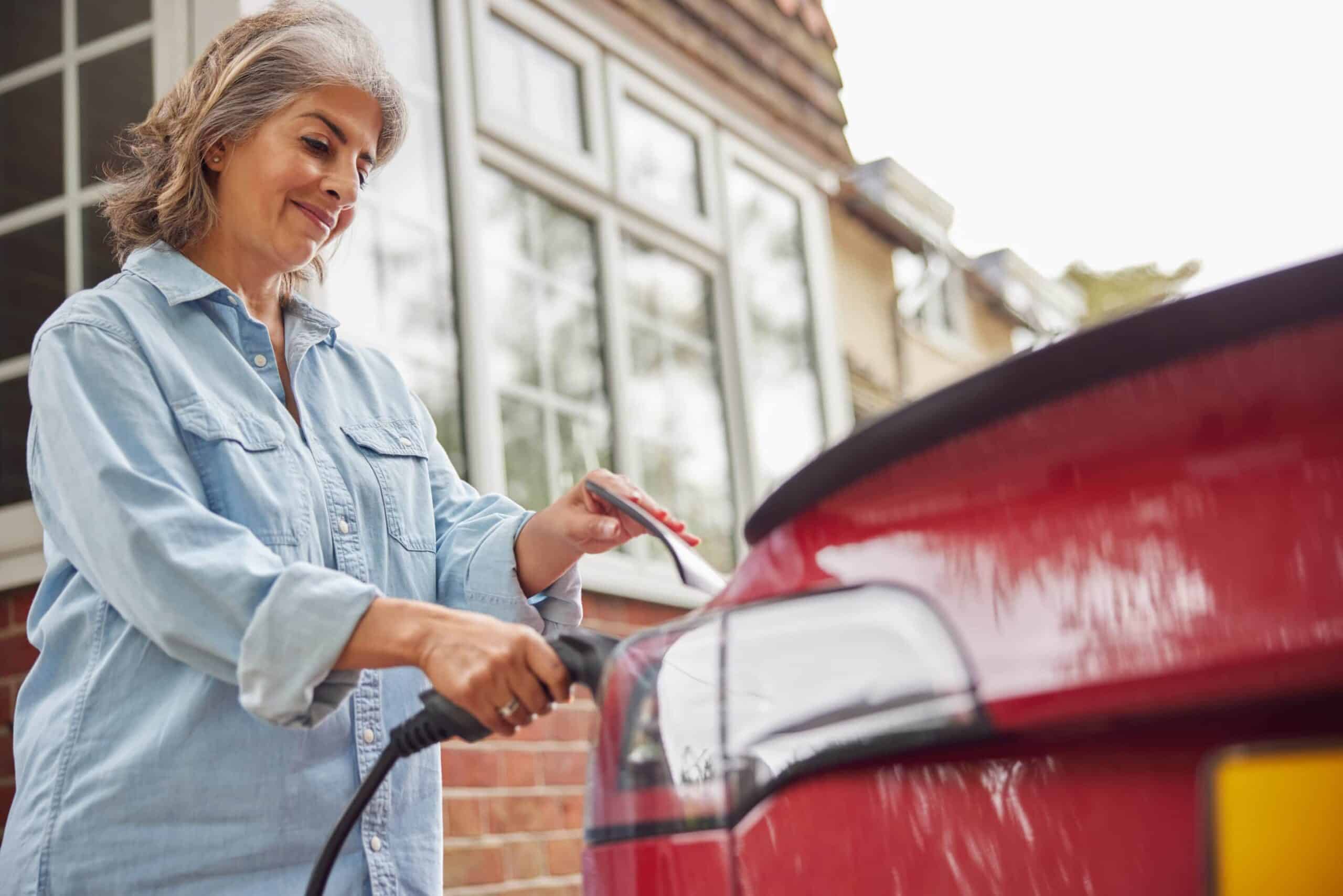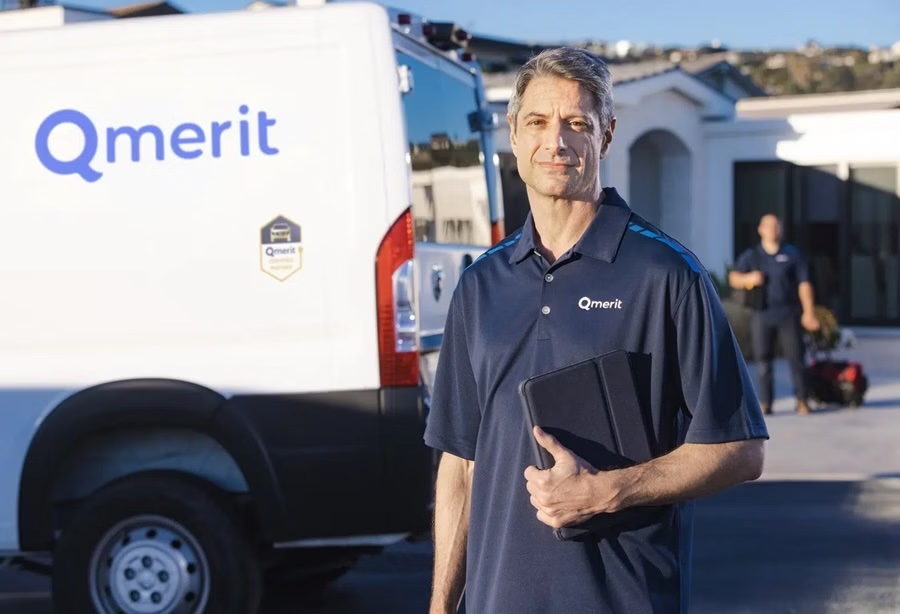Straightforward EV Charger Installation
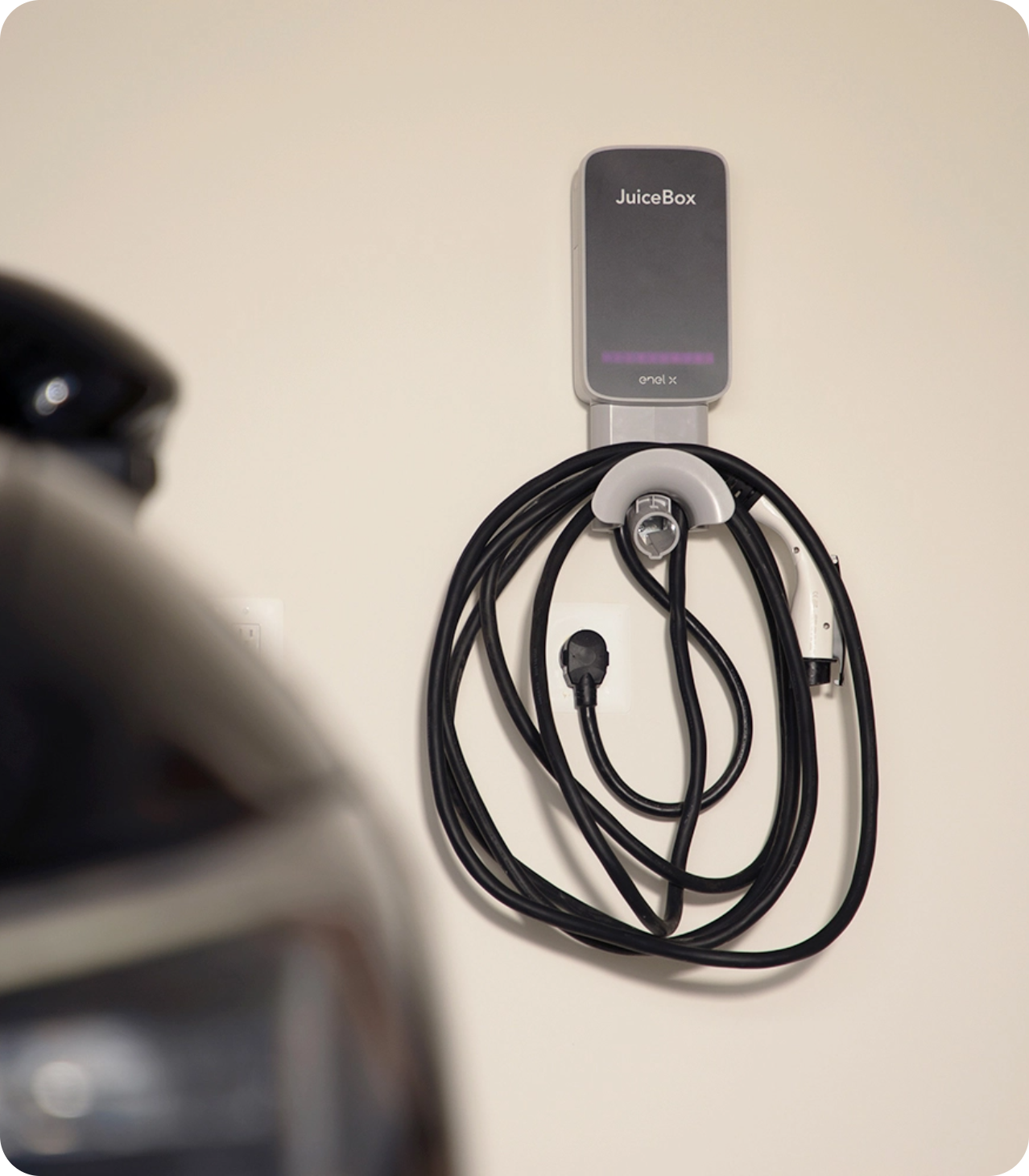
Why Dominion Energy Solutions for Home EV Charger Installation?
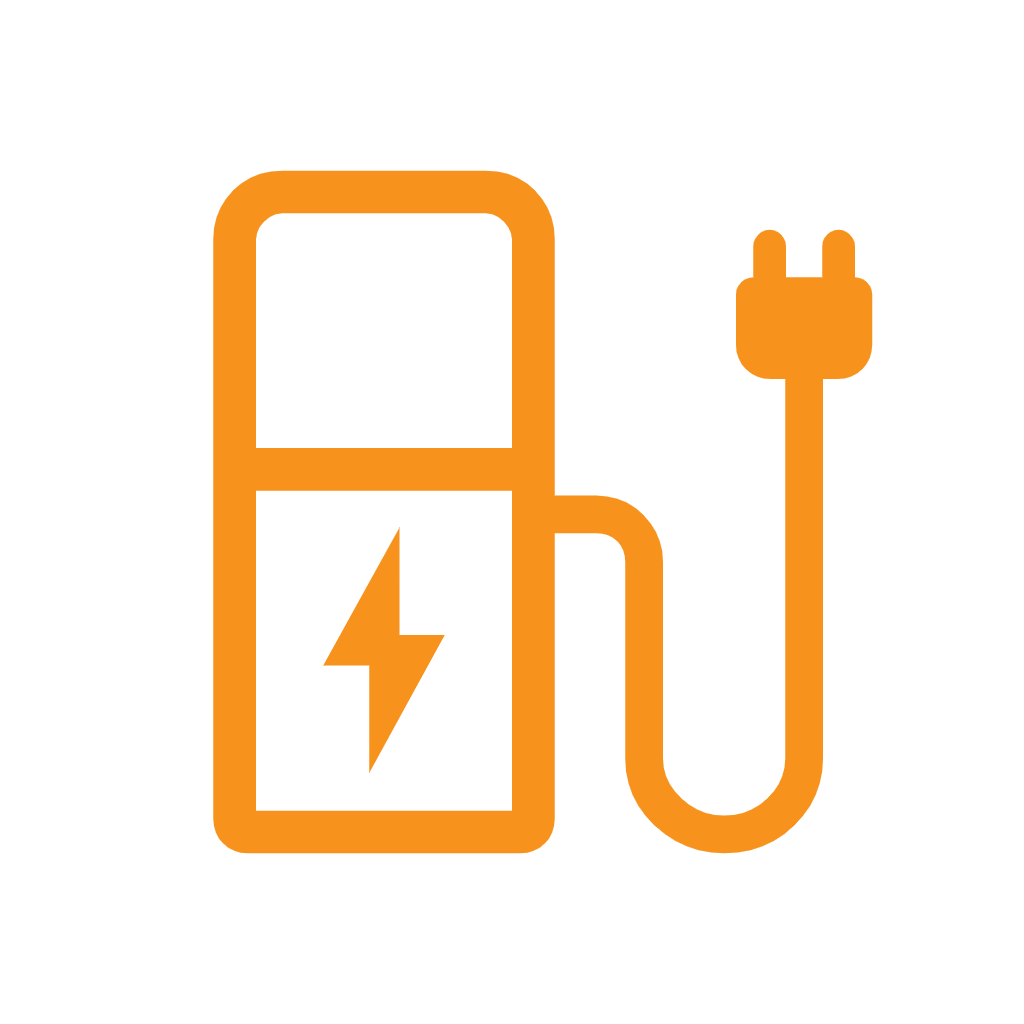
Fuel Savings
Electric Vehicle owners spend on average 60% less on fuel compared to gas vehicle drivers. Gain more savings by powering your charger with clean and renewable solar energy by Dominion Energy Solutions.

Experienced Contractors
Dominion Energy Solutions certified installers are licensed, insured and rigorously screened. We follow industry best practices, manufacturer guidelines and local building regulations including required permitting and inspections.
Electric Car Charging Built for Your Needs
Dominion Energy Solutions offers Level 2 EV charging with professional installation to ensure your car is ready when you are. Our experts are ready to get you set up with a home charging solution that best meets your unique driving, charging, and financial needs. Read about how it works.
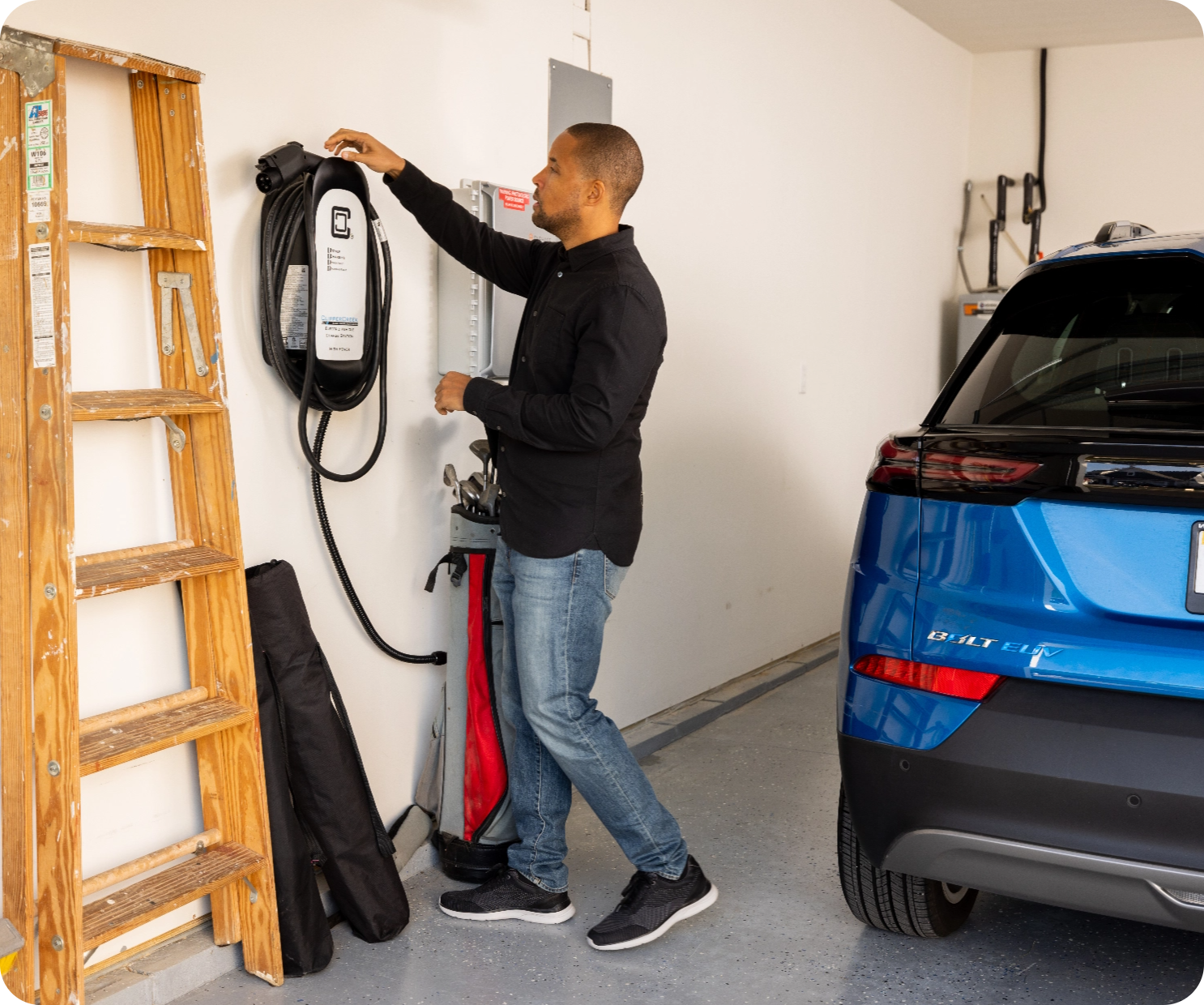
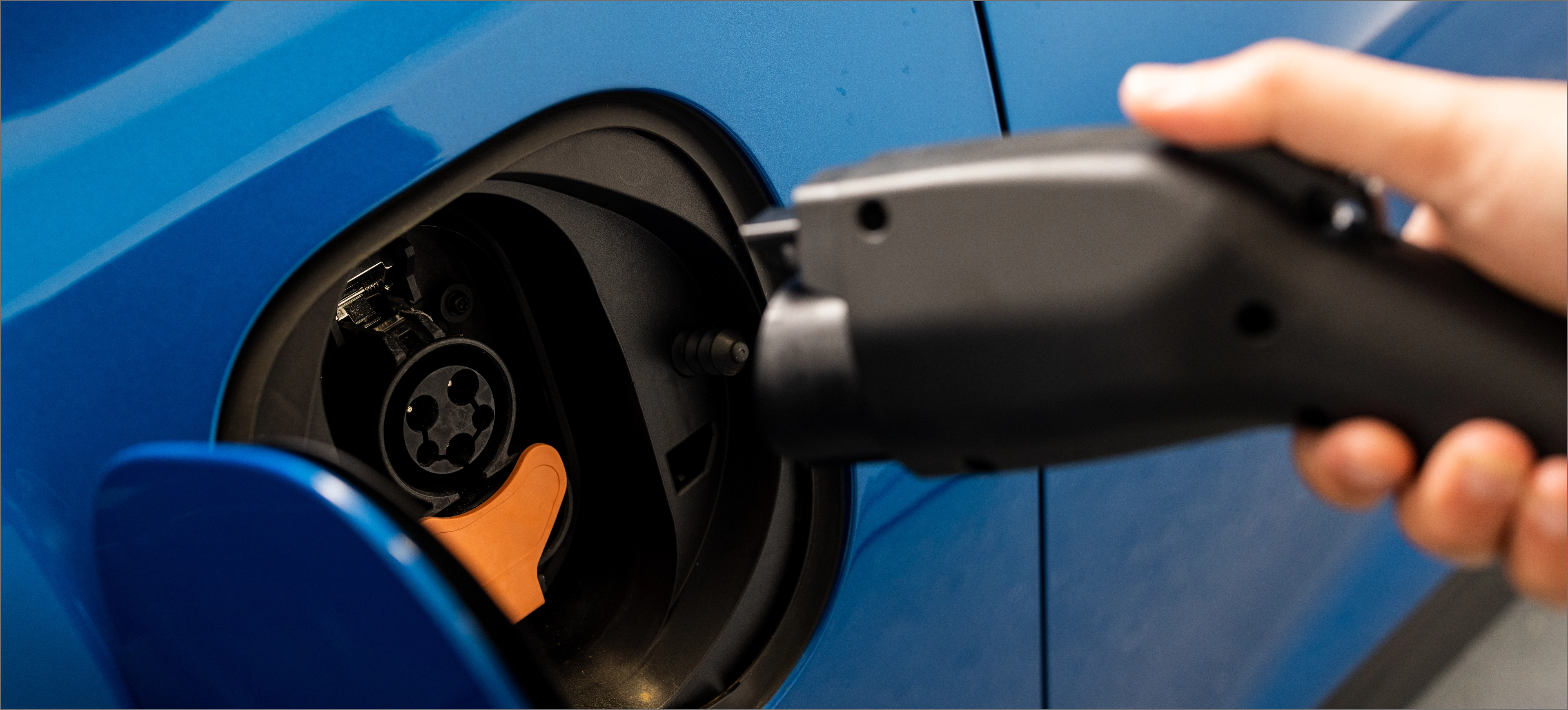
Bring EV Charging to Your Home in Four Simple Steps


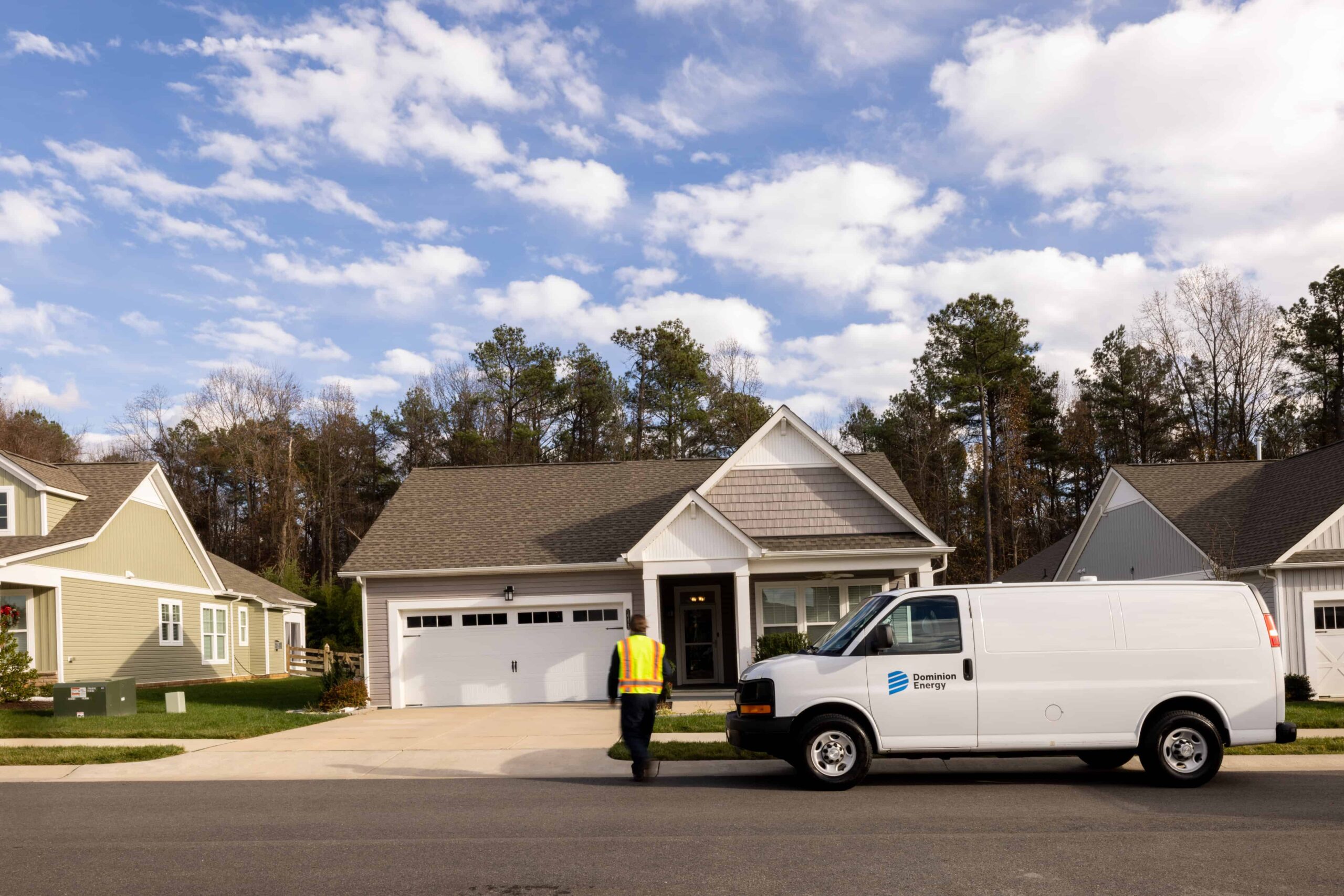
Submit the “Get Free EV Charger Quote” button for a personalized charging assessment to determine the best charging option for you.



Your car may have come with a Level 2 charger, but if not, we can walk you through your options. We have no incentive to sell you one charger over another, so you’ll get unbiased guidance from us. We’ll also help you find and apply for any financial incentives that your utility company may offer.


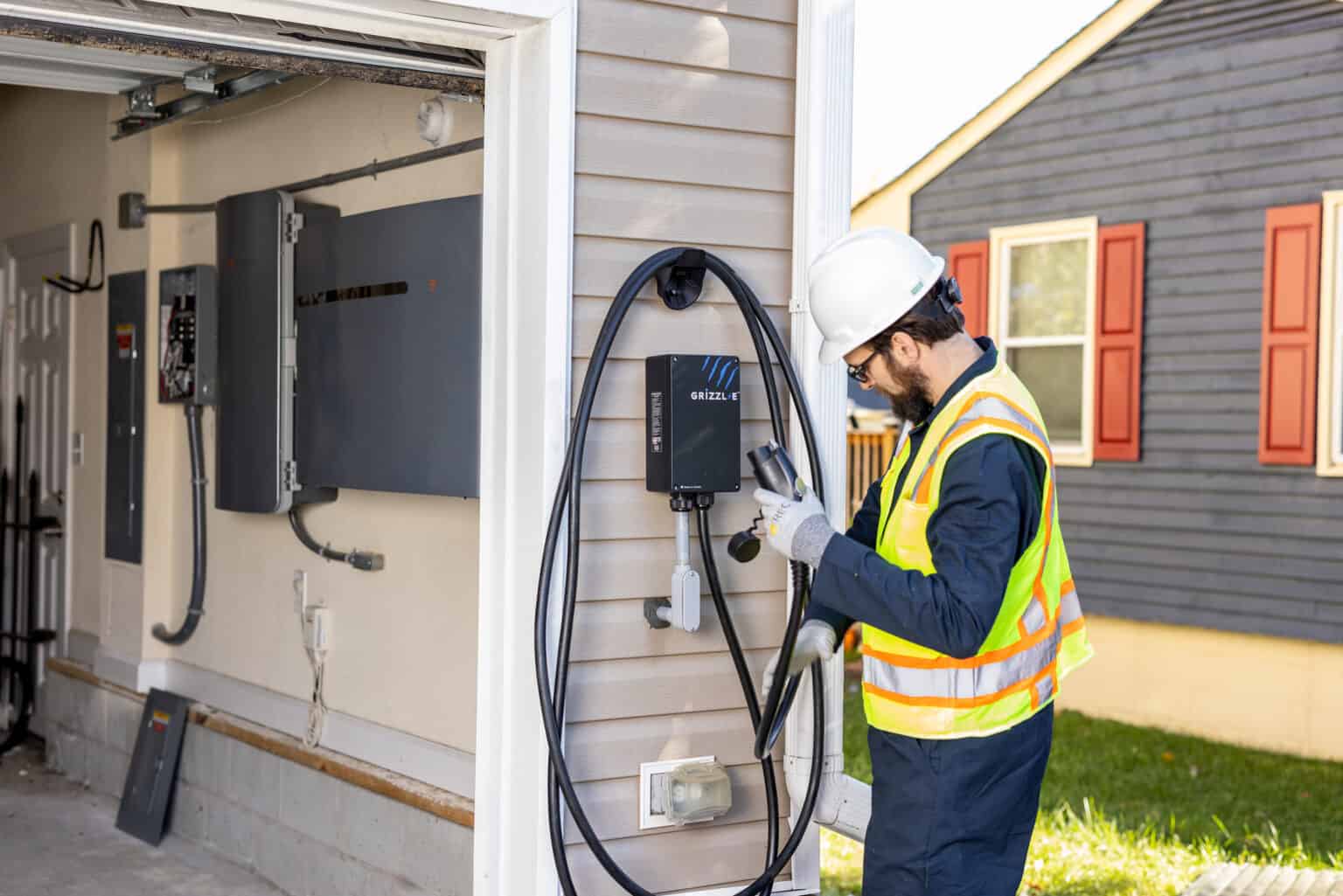
In partnership with Qmerit, we can install the Level 2 charger at your home, including the wiring, circuitry, and panel upgrades. Our home installations typically take about half a day and are extremely high-quality.



With your new Level 2 charger, you’ll be ready for fast, convenient, and low-cost charging at home. You’ll save time and money on fuel and maintenance and protect the environment.
What Options Do I Have for Home EV Charging Stations?
Charging an electric vehicle is mainly done at home, but not all home chargers are the same. It’s important to understand the options available so you can find a home charging station that best fits your vehicle, needs and driving behavior.
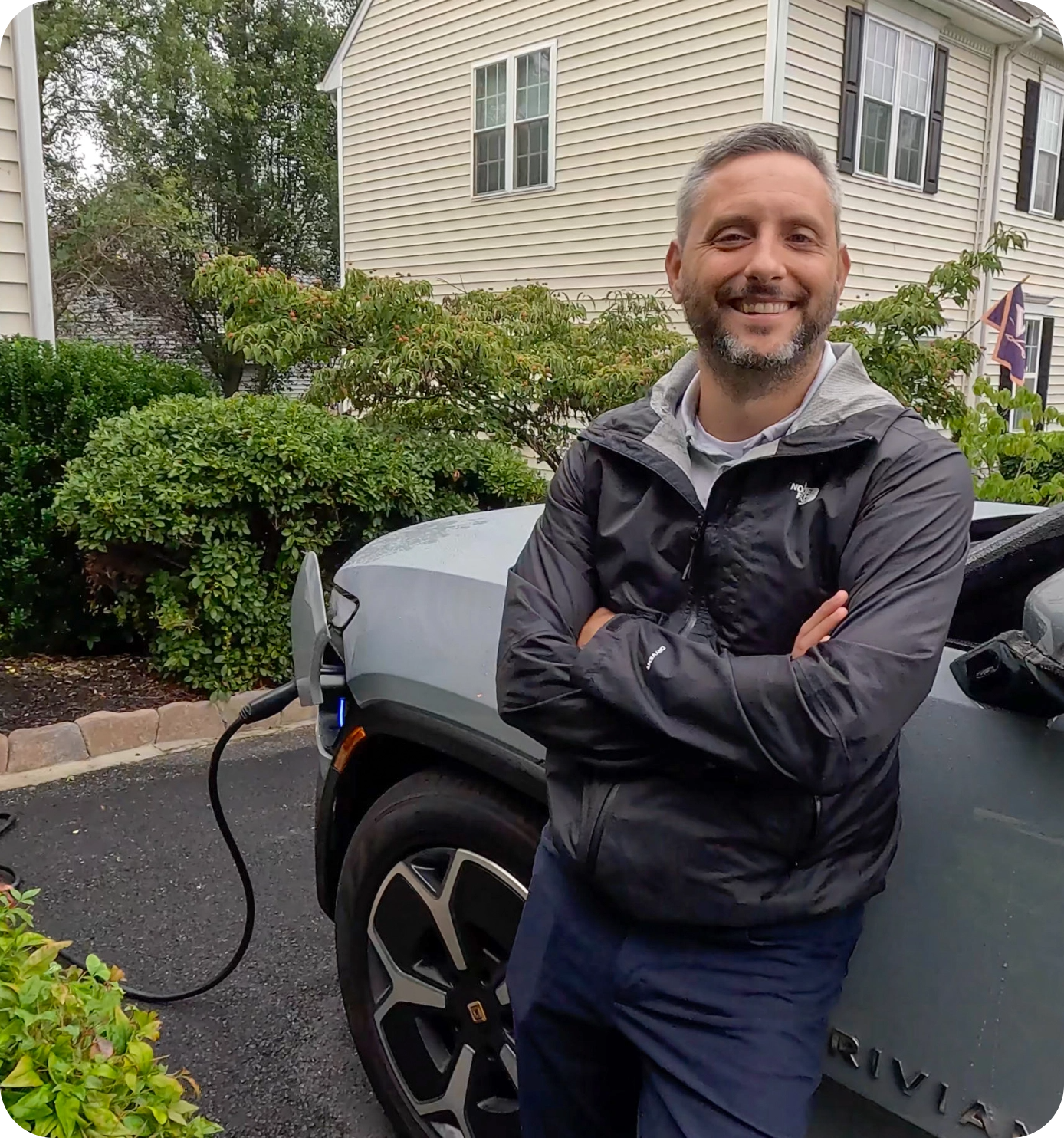

Level 1 Charging
Charge your car with a 12OV circuit using a standard outlet, either at home or on-the-go. Your car comes ready to accommodate Level 1 charging at home. Typically, Level 1 charging adds 2-5 miles per hour. Depending on your car and state of charge, it can take upwards of 20 hours for a full charge.

Level 2 Charging
Charge your car with a 24OV circuit, either at home or on-the-go. More than likely, you will require additional equipment and an installation service to make your home ready for Level 2 charging. Typically, Level 2 charging adds about 10-20 miles per hour. Depending on your charger’s power, your car, and your car’s state of charge, it will take about 4-9 hours for a full charge.

DC Fast Charging
When you are on the road, stop by a fast charging station for a quick charge. DC fast charging can add 60 miles per 20 minutes. Depending on the charger’s power, your car, and your car’s state of charge, it will take about 30-60 minutes for a full charge.
Learn More About EV Charging
Additional Services We Offer Homeowners
Solar Panels
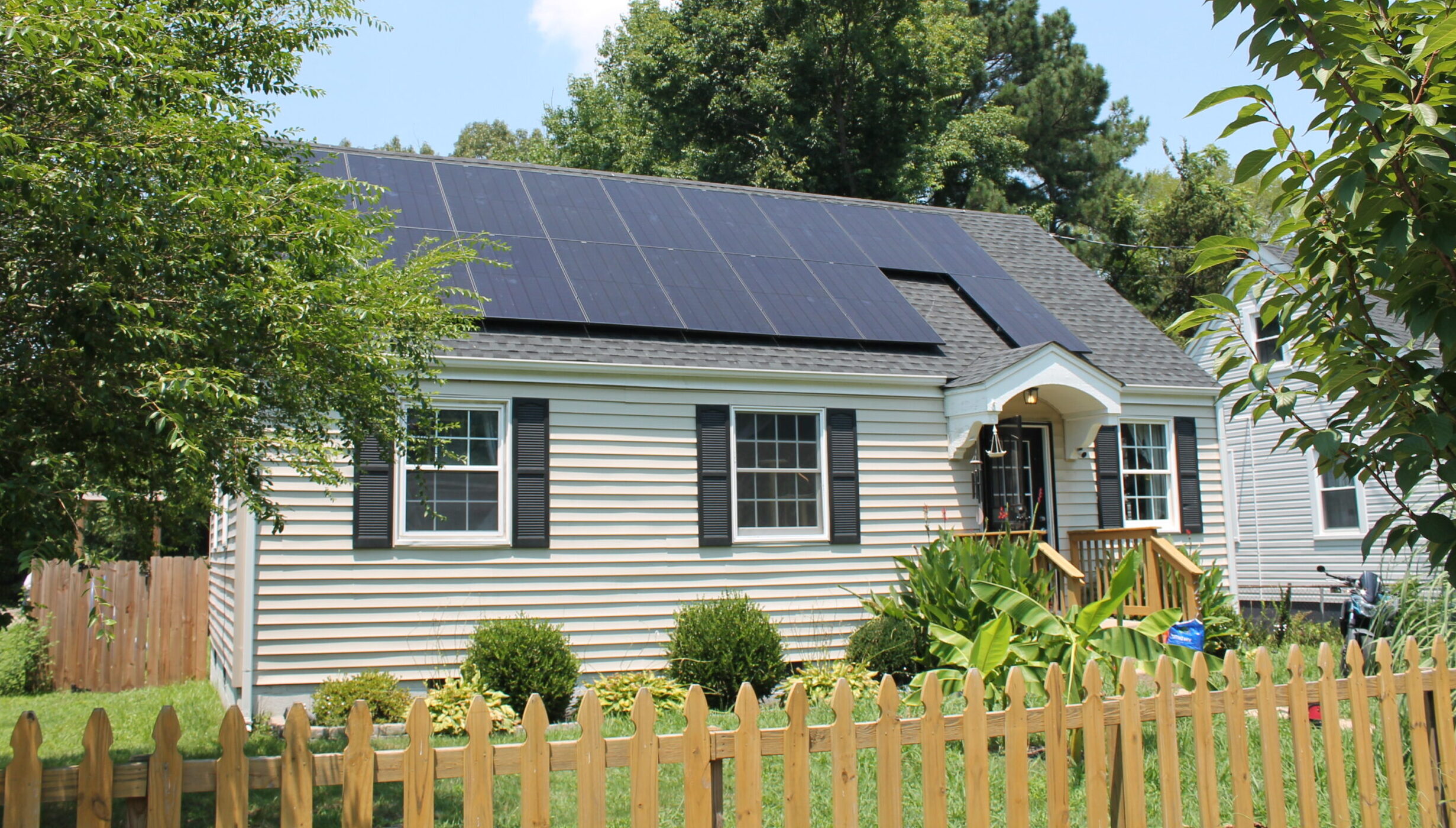
Battery Installation
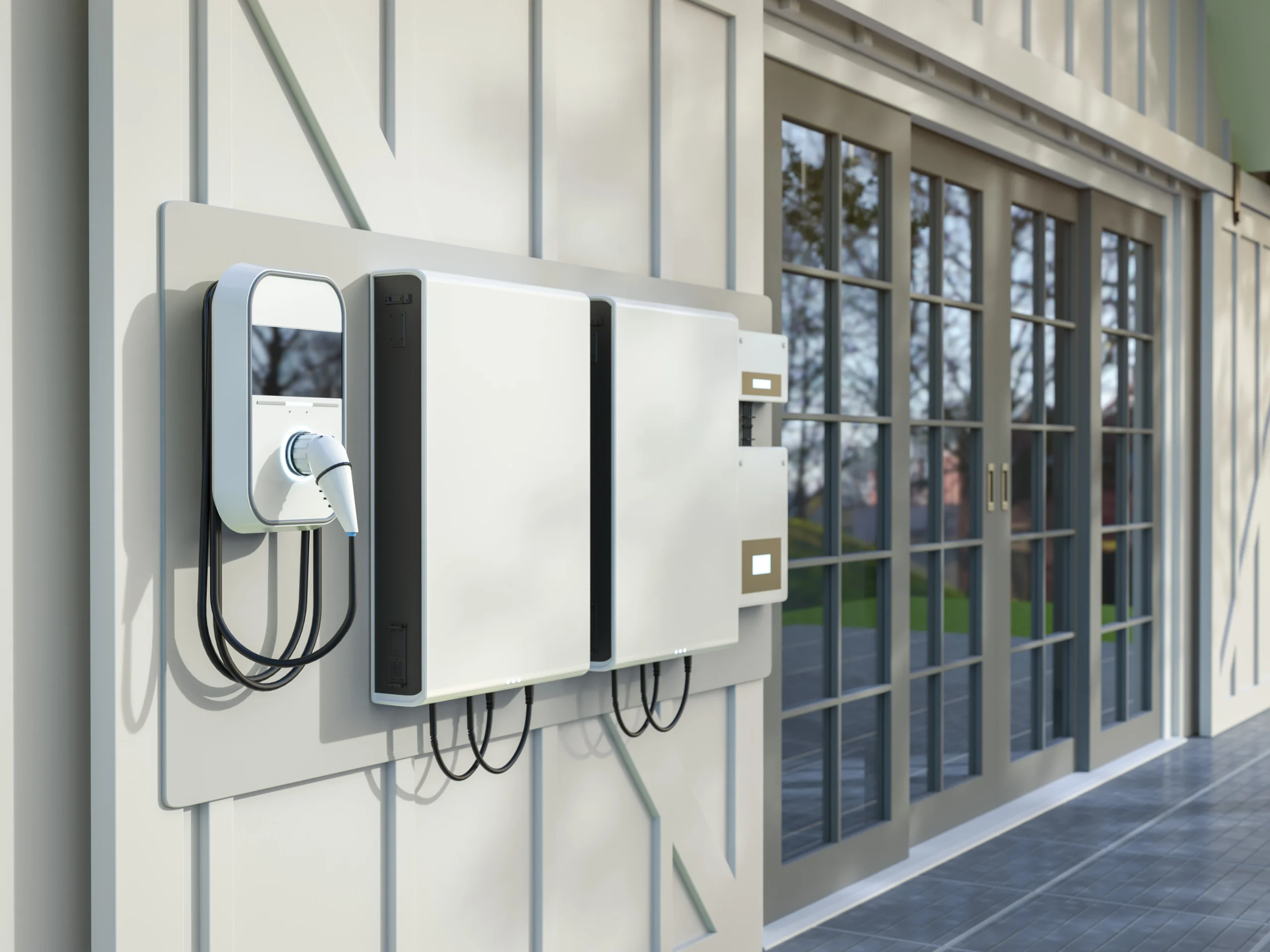
Get the Installation Service You Need
Dominion Energy Solutions, in partnership with Qmerit, provides a personalized charging assessment to determine the best charging option for you.
Get started today!


